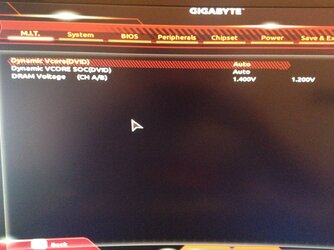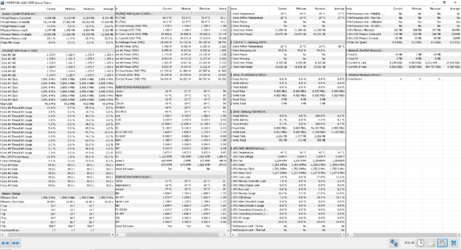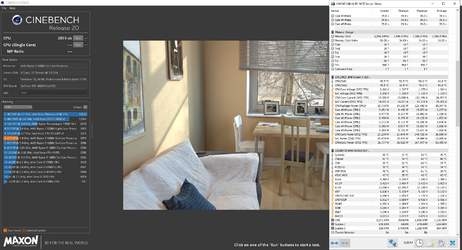Hello. I recently bought more up to date rig and since its Ryzen 5 1600x I wanted to squeeze some more juice out of it, so I managed to increase GHz to 3,9, but in this Gigabyte's mobo bios there's no option to set cpu voltage, there's only option for Dynamic Vcore (DVID) | Dynamic Vcore SOC (DVID). When I looked into HWiNFO64 voltages were i think out of the scale sitting at 1.412V and not dropping below 1.4V and Idle temp was around 55-60C, so I changed both of those above options to +0,000 which reduced voltage to 1.375V. Since it's my very first journey with Overclocking, I did not wanted to raise anything since I was afraid of frying parts. Only thing I changed was Dram mem. to 1,395 since it wasn't stable at stock settings @3200MHz
Summary: How to play with Dynamic Vcore (DVID) and Dynamic Vcore SOC (DVID) - what does it change?
What temps are completly safe for longer run, take in count I'm usually sitting at pc for 10ish hours daily.
Also I'm not sure if temps are fine since they go all the way up to 70-75C in stress and max recorded was 87C, I think it's because of high voltage and not the best air cooling?
Can you explain me on how to find sweet spot for voltage and what to increase what not?
Rig.
Gigabyte Aourus B450 Elite
Ryzen 5 1600x 3.90GHz
GTX 1050 (ignore this, replacing soon)
G.Skill Ripjaws V 2x8 @3200MHz
Cooler Master Hyper H412R



Summary: How to play with Dynamic Vcore (DVID) and Dynamic Vcore SOC (DVID) - what does it change?
What temps are completly safe for longer run, take in count I'm usually sitting at pc for 10ish hours daily.
Also I'm not sure if temps are fine since they go all the way up to 70-75C in stress and max recorded was 87C, I think it's because of high voltage and not the best air cooling?
Can you explain me on how to find sweet spot for voltage and what to increase what not?
Rig.
Gigabyte Aourus B450 Elite
Ryzen 5 1600x 3.90GHz
GTX 1050 (ignore this, replacing soon)
G.Skill Ripjaws V 2x8 @3200MHz
Cooler Master Hyper H412R



Last edited: